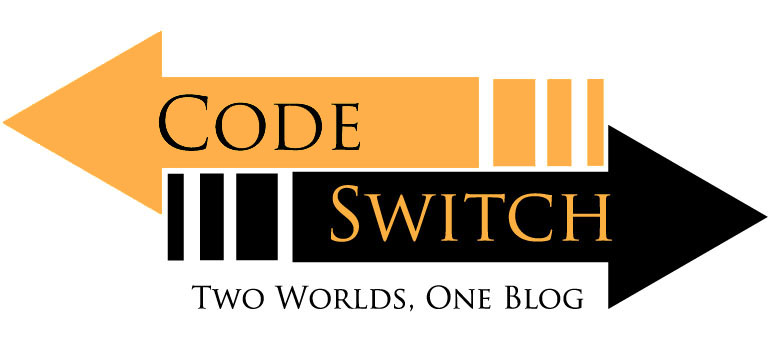Hi, my name is James and welcome to Code/Switch. Today I’m going to finish the “Science of Dying in Space Trilogy” (Click for the First and Second parts). For the finale we’re going to discuss sound in space, and if in space can anyone hear anyone scream?
How Does Sound Work?
Sound is a vibration that forms a wave of pressure through a medium, normally gas but sound can propagate through liquids, solids, and even plasma. The vibrations form waves and continue to pass through the medium, stretching and deforming until they reach equilibrium, stop vibrating, and stop making sound. These sound waves don’t actually displace the particles of the medium, they just catch a ride on the particles.
Humans are able to hear sound waves with frequencies as high as 20kHz (kilohertz) and as low as 20hz (Hertz). Hertz are a measurement defined as “cycles per second”, so if your heart beats once every second, your heartbeat is measurable as one hertz. Hertz are infrequently used this way and usually measure things that cycle much faster. Your standard computer monitor refreshed the images on the screen 60 times every second, 60 hertz. In sound, hertz measures how many times the vibrations in a sound wave oscillate in one second. Using our above ranges for human hearing, the lengths of the soundwaves humans can hear range from 17m (at 20Hz) to 17mm (at 20kHz). Thinking in this way is a little confusing, so if you’re having trouble click to watch this video from youtuber “Codys Lab” who microwaves fruit flies. In the video he discusses how microwaves (the wave, not the appliance) work and why wavelength and target size matter.
How Does Sound Work in a Vacuum?
Poorly. It is impossible to get a pure vacuum, even space isn’t a perfect vacuum, having an average of 1 hydrogen atom cubic centimeter. I wasn’t able to find the exact medium density in which sound stops propagating, but I was able to find an equation and calculator for the average distance between molecules in a gas. On Earth our mostly nitrogen and oxygen rich atmosphere keeps molecules pretty close to each other, on average each molecule separated from another by only .00000000115579278 meters. In interstellar space where the atmosphere is mostly composed of hydrogen, each molecule is separated by .000249713423 meters, which is 20 million times more spread out than the molecules in the Earths atmosphere! Spaces generally cold temperature and low atmospheric pressure makes sound difficult to hear for humans, but sound does exist in space.

“Beep, Beep, Beep” Leonard Nimoy, Civilization 5, quoting Sputnik.
The increased speed of sound in space combined with the lack of atmospheric pressure make hearing most sounds impossible, but for different reasons. The average human speaks in a frequency of 171.25Hz. The length of that soundwave on earth is just over 6 feet long. Due to the increased speed of sound in space, a wave of the same frequency would be tens of thousands of feet long. This wave is just too long for our simple ears to hear. Additionally pressure is responsible for the intensity or volume, of a sound. Sounds require that their transmission medium has sufficient pressure, and if not the sounds actual volume is below what humans can hear.
So I Have to Explode in Silence?
No! The idea of a vacuum is this suction force, but a vacuum is just an area of lower density than its surroundings and that suction force is only noticed when changing between those areas. Your ship exploding has the potential to spew its entire atmosphere along with bunches of particles, creating small “islands” of higher density and pressure. In these islands sound would propagate and be hearable, it would be distorted due to the irregularity of the patch, so it’d sound like loud ghosts!
Sound doesn’t just propagate through air, it can do it through solids like your skull too. If you were in space, in a space suit and your buddy in a space suit with its atmosphere was screaming due to an alien bursting from his chest, when you go to grab his suit that sound can use the suits and their atmosphere as the transmission medium. It would be very distorted, but you’d know your buddy was in a bad spot.
I hope the finale of the Dying In Space trilogy helps you to enhance your roleplay experience or terrify your players. I apologize for the late releases of these article, as astrophysics wasn’t my major I’m learning while I’m writing. This article in partulcar was difficult, and if you have any questions about it or want to see my work, shoot me a comment down below or reach out to me on our Know Direction Discord. Next Code/Switch we’ll head back to Golarion for some more grounded discussion.








